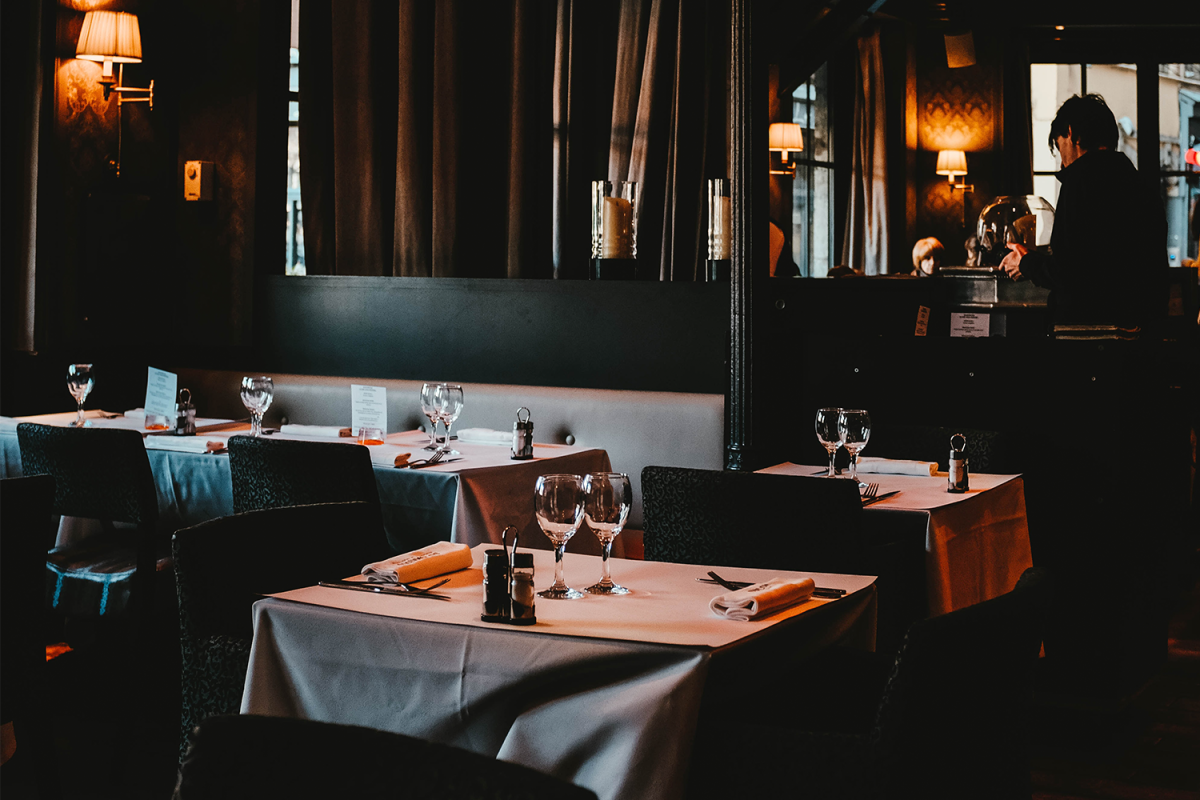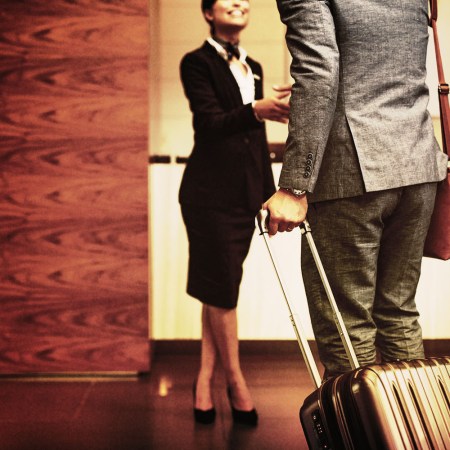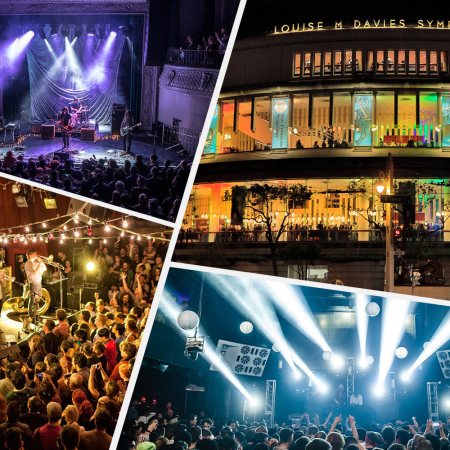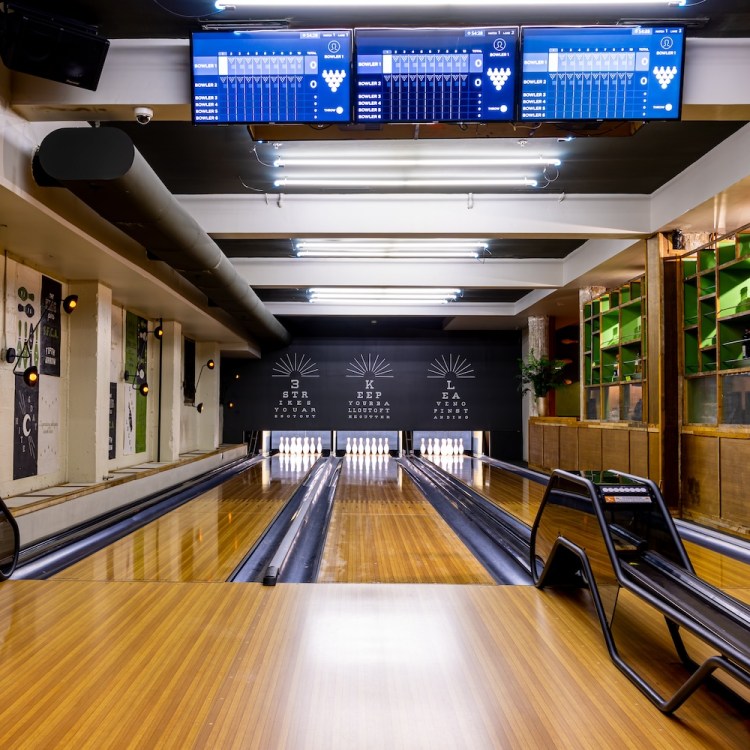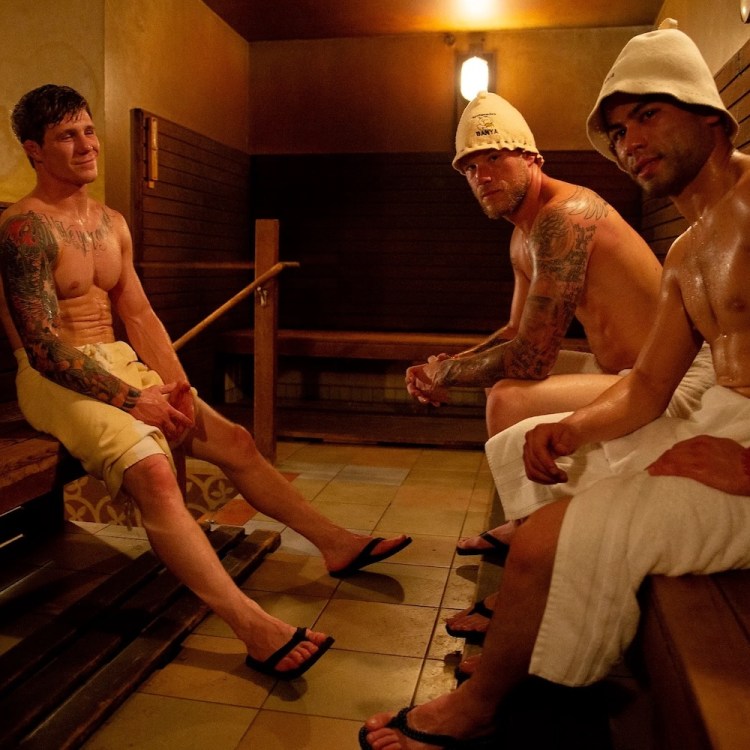Tipping is far from a global practice, just ask any shell-shocked server handling a six-top of visiting Europeans. In many other countries, service is folded right into the menu price, rendering any tips truly gratuitous gratuities. American servers, of course, have long made the better part of their wages at the mercy of the diner. But many S.F. restaurants shifted to another model: one in which a service surcharge is included in the bill, and no tipping is required or, in some cases, even allowed.
The heyday of that theoretically more fair-minded pricing structure, though, may be coming to an end.
The No Tipping Movement
The anti-tip movement first surfaced in 2015, when New York’s Danny Meyer cited pay disparities between front- and back-of-house workers as the motivation behind the subtraction of the tip line. In the ensuing years, industry pros have also called out racism and sexism as major sticking points of long-standing tipping culture. (The roots of tipping culture are, after all, vestiges of slavery.)
However, not everyone has been happy with the change — servers included. As the San Francisco Chronicle reported in late July, Zuni Café is currently facing backlash from its waitstaff following its transition to a no-tip model a year ago.
In their current iteration, Zuni Café’s bills include some complex arithmetic. Each check includes a 25% surcharge, 80% of which is a service fee. (The rest of the surcharge is the 5% healthcare mandate fee.) Of that service fee, 36% goes to servers while the rest is divided among bartenders, bussers and back-of-house. And while kitchen workers are finally getting their due in this new model (and seeing pay increases of between 35 and 58%, according to the Chronicle), servers complain they’re now the ones finding it hard to make ends meet — and clamoring for a return to the tip-outs of yore.
Lowell Clark has been a front-of-house worker for close to 30 years and currently serves as one of three captains at Hayes Valley’s acclaimed Nightbird. He remembers feeling “concern” when he first heard about pushes to do away with tipping.
“It’s easy to become accustomed and comfortable with — or complacent, I would say — with the way things were and always had been,” he says, nevertheless noting that “when there’s no service fee included, it leaves a window open for people to feel that they’re not obligated or required, or that they spent enough money and can skip that step.”
“I think the general public oftentimes don’t really understand that we servers and captains who work in the front of the house, we make our living off of those gratuities,” he says. “And so in doing away with [tipping], that kind of alleviates a little bit of that.”
Many are the critics who claim the onus should be on the restaurant to pay their workers a living wage, though that cost would undoubtedly simply reappear on the menu. (When is a $10 tip not a tip? When your $45 steak now costs $55 — no tip required!) By rendering service charges obligatory and transparent, the Chronicle reports, Zuni’s management hoped to show diners exactly where their dollars were going.
But while Clark understands the logic behind no-tipping policies — and has even worked in restaurants where they have been adopted — he’s not a fan. Not only, he says, do such models mean servers make less than they once did, but they also miss out on the sense of reward for going above and beyond.
“There’s something that you feel inside,” he says, “whenever someone is rewarding you for the time that you spent and the things that you did and the person that you are, and how that added to their experience.” Without the opportunity of earning more for a job well done, servers could find their motivation mitigated.
“I think when you take away the possibility of reward, then you diminish that level of pressure,” he says. “And I feel like having a little bit of that pressure. It elevates the diner’s experience.”
So how do you ensure that equitable and fair pay for all and still retain that impetus to do better — that tantalizing carrot? No one seems to know. Five years after spearheading the change, Danny Meyer reinstated tipping at his restaurants back in 2020, citing uncertainty linked to the pandemic in an interview with The New York Times.
But there may be a way to have one’s proverbial cake and eat it too: with a model like Nightbird’s. (Warning: more math ahead.) At Nightbird, each check includes a 16% service fee, which is divided five ways among each of the captains on the floor and the sommelier, with a final portion split between back-of-house and bar.
Clark’s colleague Mark Little notes that the choice to opt for a more modest surcharge was inspired by chef-owner Kim Alter’s father, who complained that an obligatory 20% “does not leave enough at the guest’s discretion.” Indeed, the stalwart little tip line on Nightbird’s bills (which also features, it must be said, at Zuni) invites diners to add that bit extra — just for the captains — if they so desire.
“If they don’t, there’s no hard feelings, and it’s not uncomfortable, and it’s not awkward,” says Clark. “But it’s still possible for them to leave more, to say, ‘Hey, I really did feel this night was special, and I want to thank you for that.’”
The balance between obligatory and optional is a model Little says he believes is “the future for the industry.” And he’s not the only one to think so. NoPa’s Che Fico, for example, has adopted an even more modest 10% surcharge to allow diners flexibility while still ensuring workers get paid fairly, and retain the possibility of earning more when warranted. Of course, the more the obligatory surcharge is reduced, the more the very impetus of the reassessment of tipping policies is called back into question. When mandatory service charges are reduced, should front-of-house tip out the kitchen? From the perspective of servers, the answer is (unsurprisingly) not necessarily — a response that hinges, according to Clark, on the emotional work required of these customer-facing professionals.
“It is my job to emotionally connect with the guest, and know what they need before they know that they need it,” says Clark. “To feel their energy and to know what’s missing in the night.”
This emotional connection, he says, is “the reason that I do what I do,” with the implication that when he succeeds, he deserves to be fairly compensated for it.
This article was featured in the InsideHook SF newsletter. Sign up now for more from the Bay Area.
